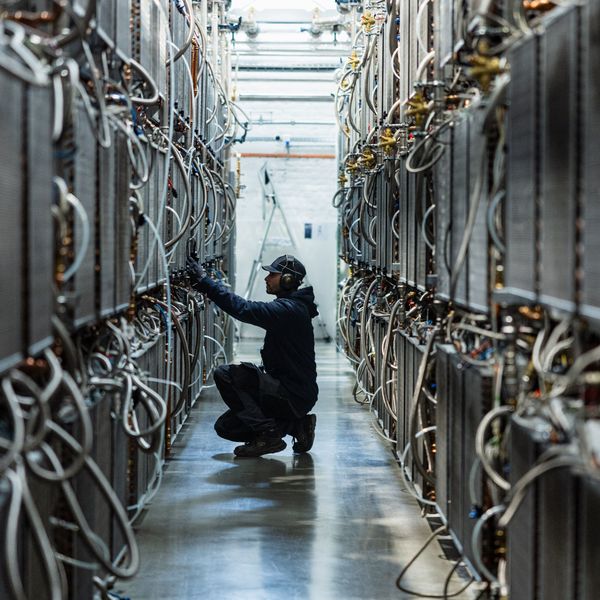The world must go fossil free - and fast. But the proposals for reducing greenhouse gas [GHG] emissions that the US and other countries are proposing for next month's climate summit in Paris will still allow nearly twice as much global warming as scientists -- and even those very governments -- say is compatible with civilization as we know it.
Americans have often been told that meeting scientific climate targets is impossible without threatening jobs and costing a fortune. But a new report shows that the opposite is true.
The Clean Energy Future: Protecting the Climate, Creating Jobs and Saving Money by the respected economist Frank Ackerman and his colleagues at Synapse Energy Economics, shows that the US could dramatically cut greenhouse gas emission and move towards 100% renewable energy by 2050 -- while adding half-a-million jobs and saving Americans billions of dollars on their electrical, heating, and transportation costs.
The report comes from what some might consider strange bedfellows - a labor organization and an environmental group. But the sponsors of the report, the Labor Network for Sustainability and 350.org, are joining hands to encourage an economic pathway that will meet America's obligation to protect the climate in a jobs- and consumer-friendly way.
The Clean Energy Future lays out an aggressive strategy for energy efficiency and renewable energy that will:
- Transform the electric system, cutting coal-fired power in half by 2030 and eliminating it by 2050; building no new nuclear plants; and reducing the use of natural gas far below business-as-usual levels.
- Reduce greenhouse gas emissions 85 percent below 1990 levels by 2050, in the sectors analyzed (which account for three-quarters of US GHG emissions).
- Save money - the cost of electricity, heating, and transportation under this plan is $78 billion less than current projections from now through 2050.
- Create new jobs - more than 500,000 per year over business as usual projections through 2050, mostly in the relatively high-paid manufacturing and construction sectors.
Why is this possible? The "Clean Energy Future" does not depend on any new technical breakthroughs to realize these gains, only a continuation of current trends in energy efficiency and renewable energy costs - but the cost of renewables is falling so fast that they are already cheaper than fossil fuel energy in some places and soon will be in most. And reducing our energy use through energy efficiency is already far cheaper than burning more fossil fuels. "The Clean Energy Future" shows in detail how we can use these new energy realities to meet our climate goals.
Climate protection strategy can be designed to provide the maximum number of good, secure, permanent jobs with education, training, and advancement that provide maximum possible improvement in our job shortage. Because some jobs will be lost in fossil-fuel related industries, we need a vigorous program to provide new, high-quality jobs and/or dignified retirement for workers in those industries. Climate protection programs should include job pathways and strong affirmative action provisions for those groups that have been excluded from good jobs in the past.
The Clean Energy Future plan provides a floor, not a ceiling, for what can be accomplished. It shows how we can meet climate goals with no net cost, and that doing so will create more jobs. But we can, and indeed should, do more. By accelerating implementation of the plan and expanding efforts to other sectors we can approach zero net GHG emissions before 2050. That will take more up-front investment - but it will also create more jobs.
The Clean Energy Future will help bring together environmental and labor advocates around their common interest in putting Americans to work saving the earth's climate. Climate protection has caused significant friction between labor unions and environmentalists around whether to create jobs or address climate change. The report demonstrates that this is a false choice. For unions and other jobs advocates, climate protection is also a great jobs program. We can create many more jobs by protecting the environment than by expanding the fossil fuel infrastructure.
The Clean Energy Future represents a pathway away from climate destruction that is also far better for workers and consumers than our current pathway based on fossil fuels. Should we let greed and inertia prevent us from taking it?

